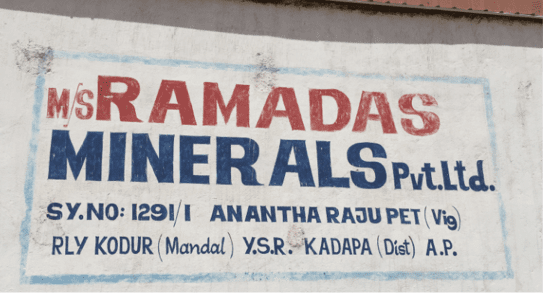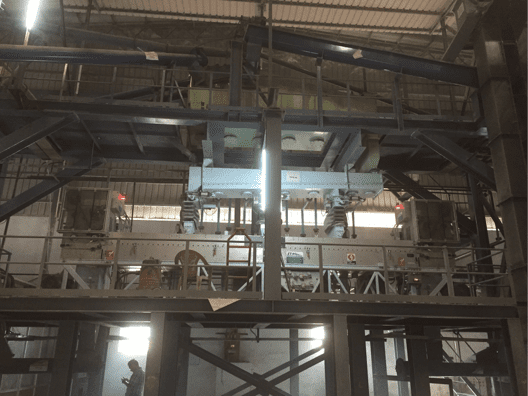Сайлагыз Тел:
Барит төп, естественным, бария нигезендә минераль. Бария, атомный номеры 56, алган үз исеме белән грек һәм аңлата авыр. Барит, шулай ук, билгеле булганча, барит. Төп илләр, аларда хәзерге вакытта сәнәгый нефть ятмалары барита урнашкан АКШ, Кытай, Һиндстан һәм Марокко. Югары халык тыгызлыгы барита һәм химия инертность, кайтаралар аны идеаль минералом күпләр өчен кушымталар.
Химик формуласы өчен барита baso4". Ул ия, югары чагыштырма авырлыгы 4.50 г/см3. Аны " твердость mohs 3.0 өчен 3.5. Барит, ала торган табылмаган, төрле чәчәкләр, шул исәптән сары, коричневый, ак, зәңгәр, соры, хәтта бесцветная, гадәттә, ия стекловидный жемчужный блеск.
Барит мөмкин найден бу сочетании белән металл һәм неметаллических файдалы казылмалар. Булу икътисади жизнеспособными чыгару өчен, барит, кагыйдә буенча, булырга тиеш преобладающим материал залогка. Типы депозитлар, анда ул гадәттә үз эченә кан тамырлары, остаточный, һәм җирле. Вен һәм остаточные ятмалары гидротермального происхождения, шул пластовых ятмаларын карый осадочным.
Эре ятмалары АКШ табылды Грузиядә, Миссури, Невада Теннесси. Канадада, минерал чыгарыла территориясендә Юкон, Яңа Шотландия һәм Ньюфаундленд. Мексикада, ятмалары барита үле Эрмосильо, Пуэбло, Монтеррей һәм Дуранго.


Күбесе барита, ул чыгарыла кулланыла нефть сәнәгате сыйфатында утяжелителя материал эшләүдә бораулау раствора. Барит арттыра гидростатическое басымы бораулау раствора мөмкинлек бирә аңа компенсацияләргә югары басымы тәҗрибә зоналары процессында бораулау. Мягкость минерала шулай ук предотвращает аның нче җәрәхәтләре бораулау инструменты процессында бораулау мөмкинлек бирә, аңа хезмәт итәргә сыйфатында смазки. Америка Нефть Институты (API-интерфейс) исемгә һәм спецификациясе өчен куллану барита бу буровом растворе.

Dry Barite Beneficiation
STET has both pilot scale and commercial experience processing barite to remove gangue such as silicates, iron, and alumina. Low-grade barite beneficiation with a specific gravity between 3.5 – 4.0 has been successfully upgraded using the STET process to product API-grade barite.
STET can demonstrate that the dry electrostatic separation process offers many advantages over traditional wet processing methods (флотационные) including:
Disrupting a new industry is always a challenge. Сент җиһазлар & Technology and Ramadas Minerals Pvt. ҖЧҖ. in India understand this challenge well. Ramadas Minerals contacted STET to perform testing of a low grade barite / quartz sample produced at the APMDC barite mine in Andhra Pradesh, Һиндстан. The material was a low grade tailings product from the mining process. It contained too much silica to be sellable as a high SG barite product, and was being produced in large volumes. What was needed was a process to transform the mining waste to usable product. Wet processing (флотационные) was one alternative technology being considered.
Testing at the STET pilot facility demonstrated excellent separation results for the barite powder. The STET separator was able to achieve the goal of +4.20 SG barite through a single separation step.
The STET separator was fit into the existing building, which was originally designed to house a flotation facility. The STET separator installation resulted in significant savings of space, in relation to the previously designed flotation facility. Моннан тыш,, a substantial reduction in capital and operating cost was realized.
Contact STET to learn more about dry processing of barite.